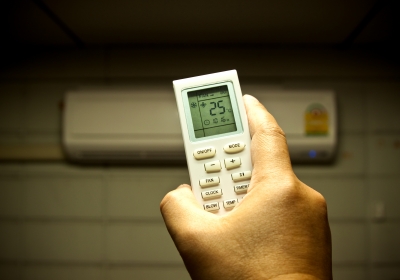- Thermostat calibration is done for every thermostat by the manufacturer. This ensures that each and every one of them is working properly before they are sold at the stores.
- Here are some easy tips to follow when doing thermostat calibration.
- If none of these tips work on your thermostat calibration, the unit needs to be replaced by a qualified engineer, like the ones from RJ Gas.
Thermostat calibration is done for every thermostat by the manufacturer. This ensures that each and every one of them is working properly before they are sold at the stores.

Over time, thermostats can lose calibration and this can affect the temperature and performance of your boiler or central heating system. Loss of thermostat calibration can be caused by different factors. Some examples are accidental bumping or dent to the unit, or even build up of dirt. As a result, the thermostat will not provide accurate temperature for a room. For example, temperature setting at 70 degrees may either heat only at 67 degrees or too hot at 73 degrees. This not only affects the level of comfort in your home, but the inefficiency will also affect your energy use.
You can do a thermostat calibration yourself. However, it is important to remember that thermostat models and brands vary so it is important to read and follow the instructions on your manufacturer’s manual.
Here are some easy tips to follow when doing thermostat calibration.
You will need the following:
- glass tube thermometer
- tape
- paper towel
- soft brush
- level
- screwdriver
Step 1: Tape the thermometer on the wall next to the thermostat, placing a few inches of distance in between. Use the paper towel to cushion the thermometer so that it doesn’t touch the wall. Make sure that no outside elements are affecting both the thermometer and the thermostat.
Step 2: Allow 15 minutes for the mercury to stabilize. Compare the temperature reading from the thermostat to that of the thermometer.
Step 3: If the variance is more than one degree, check to make sure the thermostat is not dirty. Remove the faceplate, and blow off any dust on the inside. Use the brush to remove dirt on coils or contact points.
Step 4: Use the level to check that the mercury dial is straight, if the thermometer has one. You can adjust the thermostat by removing the screws and adjusting the unit until it is leveled.
Step 5: Calibrate the thermostat again against the thermometer reading.








